Poodles are the most diverse dog breed in the world in terms of both size and color. They come in a rainbow of shades, everything from solid white, black, blue to tones of grey and silver, cream, red and different types of brown. But what makes Poodles even more interesting is that they can start off one color and then mature into a different one. For instance, a chocolate puppy could become a silver beige adult. This occurs because of genetics (the Poodle fading gene) and could well be something that your Doodle inherits.
Table of Contents
- What is the Poodle Fading Gene?
- What Color Changes Can Occur?
- Do All Poodles Fade?
- What About Doodles?
- How Do I Know If My Doodle Has the Fading Gene?
What is the Poodle Fading Gene?
Breeders and owners may refer to a ‘Poodle fading gene,’ but the truth is things are a little more complicated than that. Rather than a single part of the genetic code being responsible for the color of your pup, or indeed any color changes that occur during their lives, it is, instead, the result of a complex interplay of several different genes.
Two primary pigments account for coat color: eumelanin (which covers the black spectrum) and phaeomelanin (which covers the red spectrum). These are the two foundation blocks for every other color seen in these dogs.
It was initially thought that a single ‘dilution’ gene (the D Locus) was responsible for the intensity of a Poodle’s color. If the dog inherits a dominant D Locus from each parent (DD), then they won’t fade from the original black or red. However, if the genes, or even just one of them, is recessive, then the color would be (or become) less intense.
These days, though, experts also speak of Poodles having a ‘progressive graying’ gene (the G Locus) and even a dominant silver (V) gene. So, if the Poodle puppies inherit either of these, they too will fade.
What Color Changes Can Occur?
If a Poodle’s color is going to change, it will usually occur within the first two years of their life. At this point, they will have come into their adult coat.
- Black puppies could fade into blue, charcoal grey, medium grey, or silver.
- Brown puppies can become lighter brown, café au lait, silver beige, or cream.
- Red puppies may end up as rust or some kind of apricot or blonde tone.
However, in some situations, a dog may have a second phase of fading, which happens somewhere between the ages of two and three.
Also, in some instances, a dog may ‘hold’ their original color in certain areas, such as around their ears. This may eventually catch up to the rest – or not.
Do All Poodles Fade?
The majority of Poodles do fade as every color in the Poodle spectrum is susceptible except truest Black. White dogs don’t often fade much either as there is nothing for them to fade to, but you may notice that apricot and cream tones around the ears, for instance, disappear over time.
Naturally, the darker the dog is born, the more the scope for drastic change. Owners who have purchased a black or red puppy might find that their pup is unrecognizable as the same dog by the time they are two years old.
What About Doodles?
As Doodles inherit genes from their Poodle parents, they are, in theory, also susceptible to color fading. However, changes are less likely than in purebred Poodles and are also likely to be slightly more subtle.
Suppose though that your Dood has more of a Poodle curly coat. In that case, they may be more likely to fade, compared with if they have inherited a straight or wavy coat type. This is especially the case if they are pretty dark, to begin with.
We asked our newsletter subscribers if their Doods’ coats have changed color and here are the results:
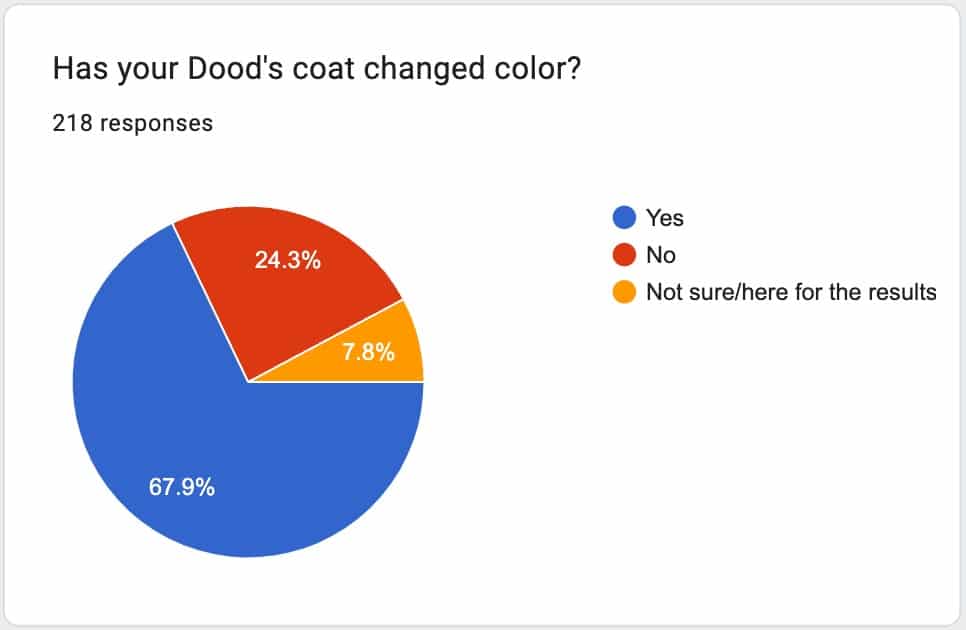
How Do I Know If My Doodle Has the Fading Gene?
Determining whether or not your Doodle is likely to fade is no easy feat. As there isn’t a single gene responsible, there are no completely reliable tests to ensure they don’t.
Some services and dog DNA tests can provide information on the presence of the D Locus. Yet, the truth is we still have so much to learn about dog genetics and how they interact with one another. Just because your pup has DD genes doesn’t mean they absolutely won’t fade over time.
However, there are a couple of things you can do to help you determine the likelihood of this happening:
Consult a Reputable Breeder
Any Poodle/Doodle breeder worth their salt is well-read on the interplay of genetics. Chances are they have factored coat color into their breeding routines to reduce the amount of fading that occurs in each generation of their puppies and can offer further advice and information on this topic.
Study the Poodle Parent History
Alternatively, looking to your pup’s Poodle side of the family can provide important clues as to whether they have inherited one of the fading genes. If the mom or dad is much lighter than the pup, then they probably have.
Keep in mind, though, that some parents carry the gene even if it doesn’t affect their coat. So just because they haven’t faded doesn’t mean their puppies won’t. It’s always best to go back several generations if possible.
Look at Their Coat
With many puppies, it’s possible to tell whether or not they are likely to fade from a very young age. The hairs around their eyes or between their toes hold important clues. Those who have the fading gene will often have much lighter hairs here from the day they are born.
Look to the root of the coat too. So-called ‘sable’ pups look dark brown, but if you check individual hairs, you can see that the base of the hair is often much lighter than the tip. Owners of these dogs are often shocked when they send them off to the groomers one color, and they come back a completely different one!
Poodles have so many excellent characteristics that they pass on to their Doodle offspring. One of these is their changeable coat. Poodles are the true chameleons of the canine world.
While you may be anxious that your beautiful new buddy’s coat stays just as stunning as it is, if they do fade, no doubt you will come to love the new one just as you did the last one. Just look into those adorable Doodle eyes and tell us how you could not.
Did your Doodle fade over time? Let us know in the comments below!
Learn How to Stop Shavedowns For Good & Keep Matting At Bay!

Discover the PROPER Doodle coat care routine that gets your pup to cooperate…helps you nip tangles in the bud…and gets groomers to do exactly what you want.
Plus, get $520 worth of Bonus Materials for FREE, including:- Doodle Parenthood Community and Support Group ($190 value)
- Custom Doodle Coat Care Plan Lifetime Access ($75 value)
- Easy to Use Doodle Grooming Tracker ($20 value)
- And MORE!

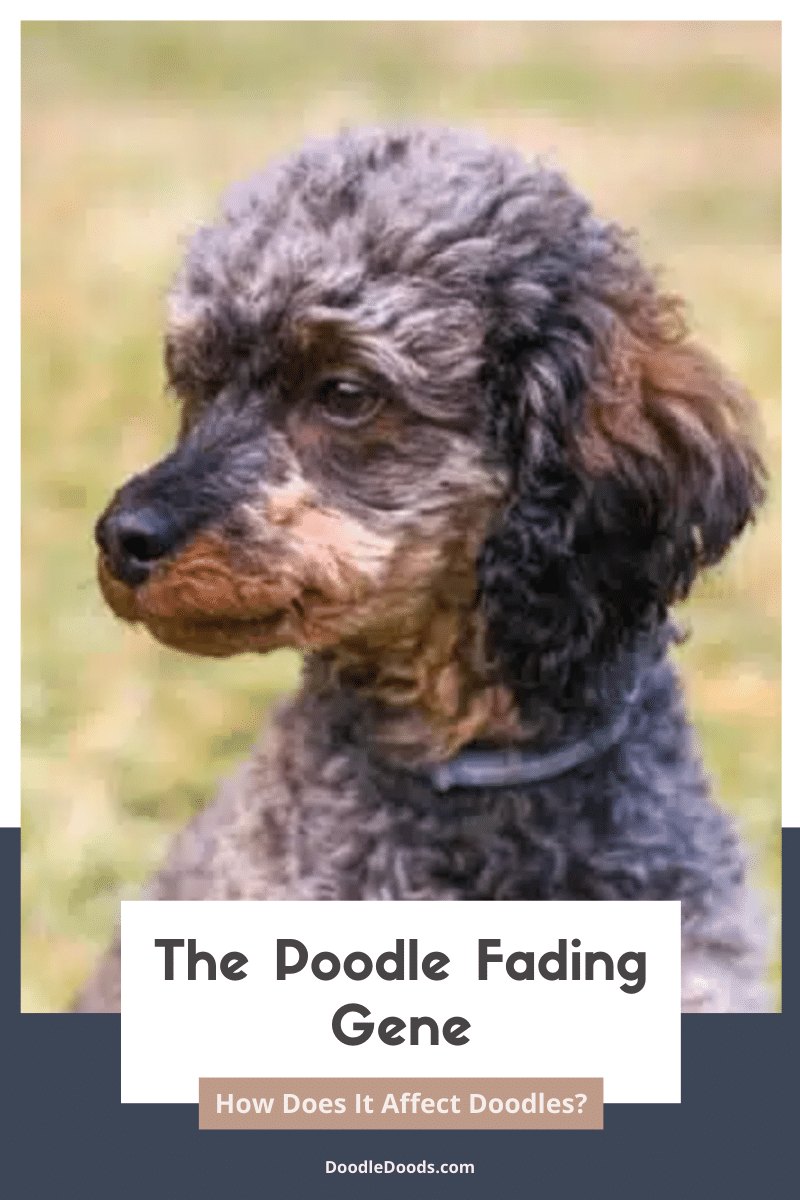
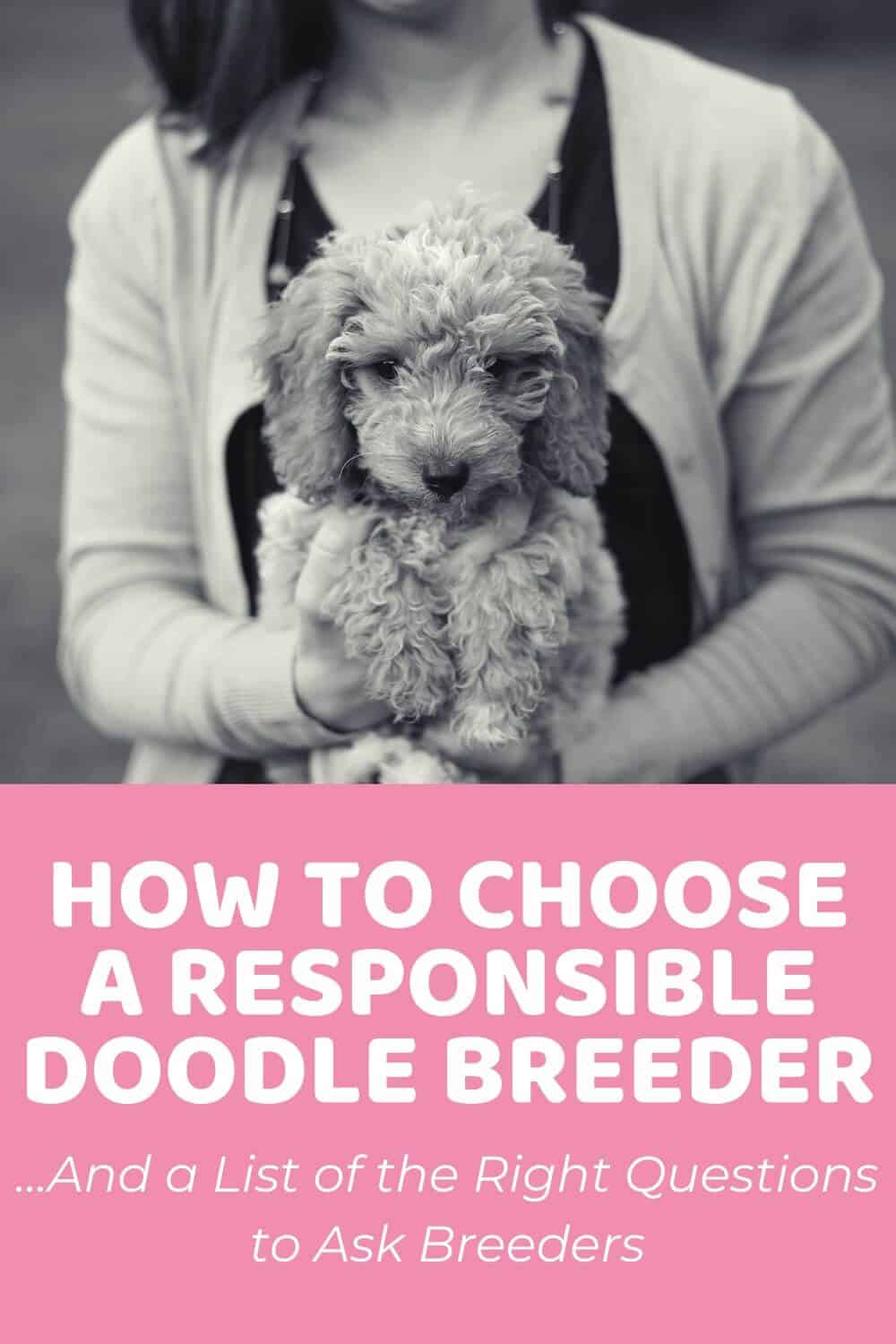

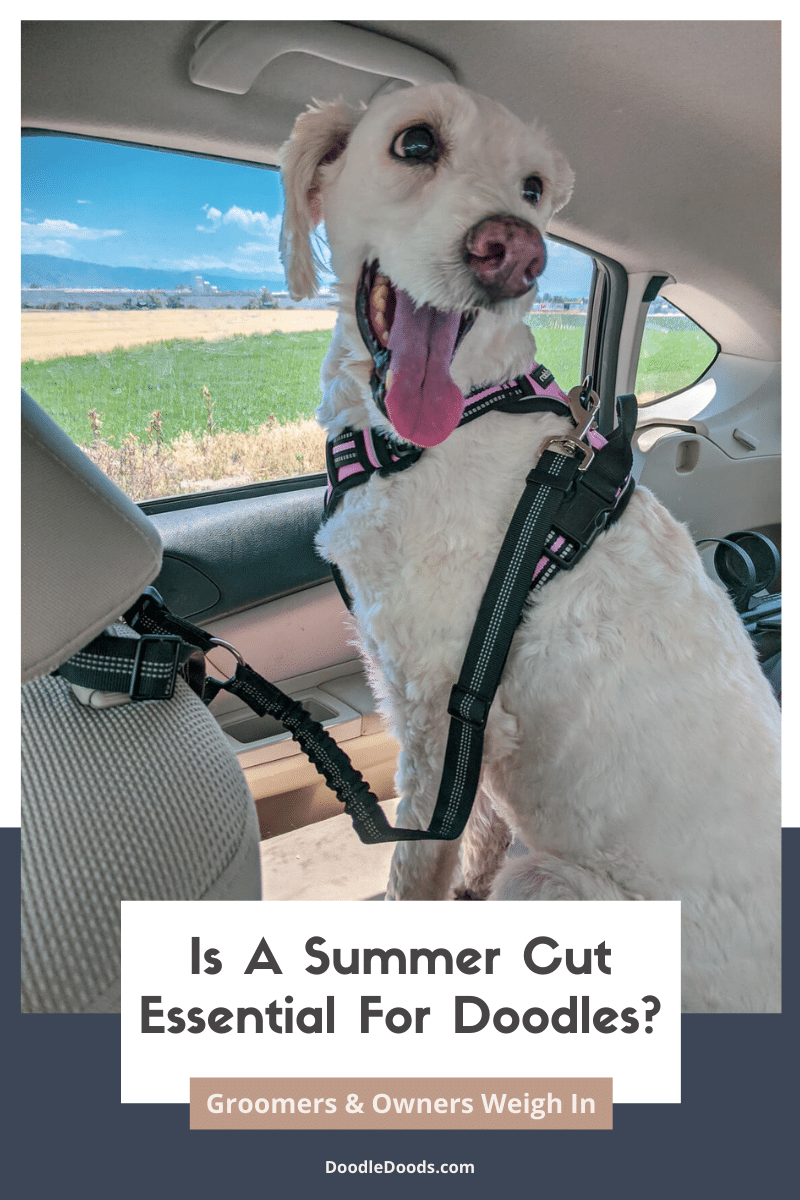
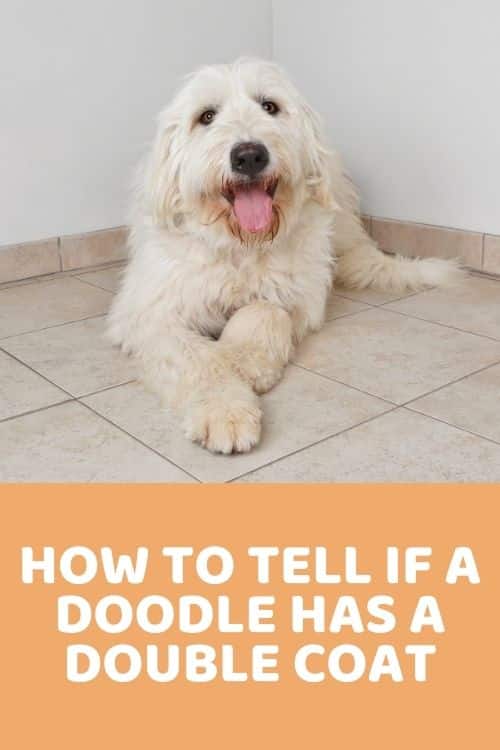

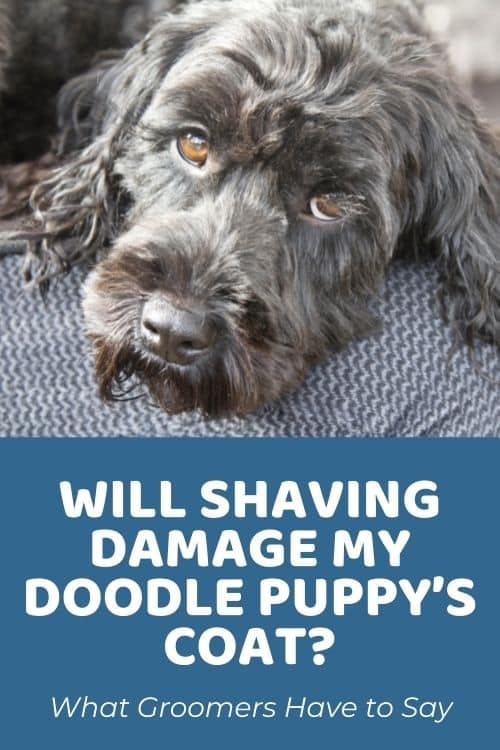
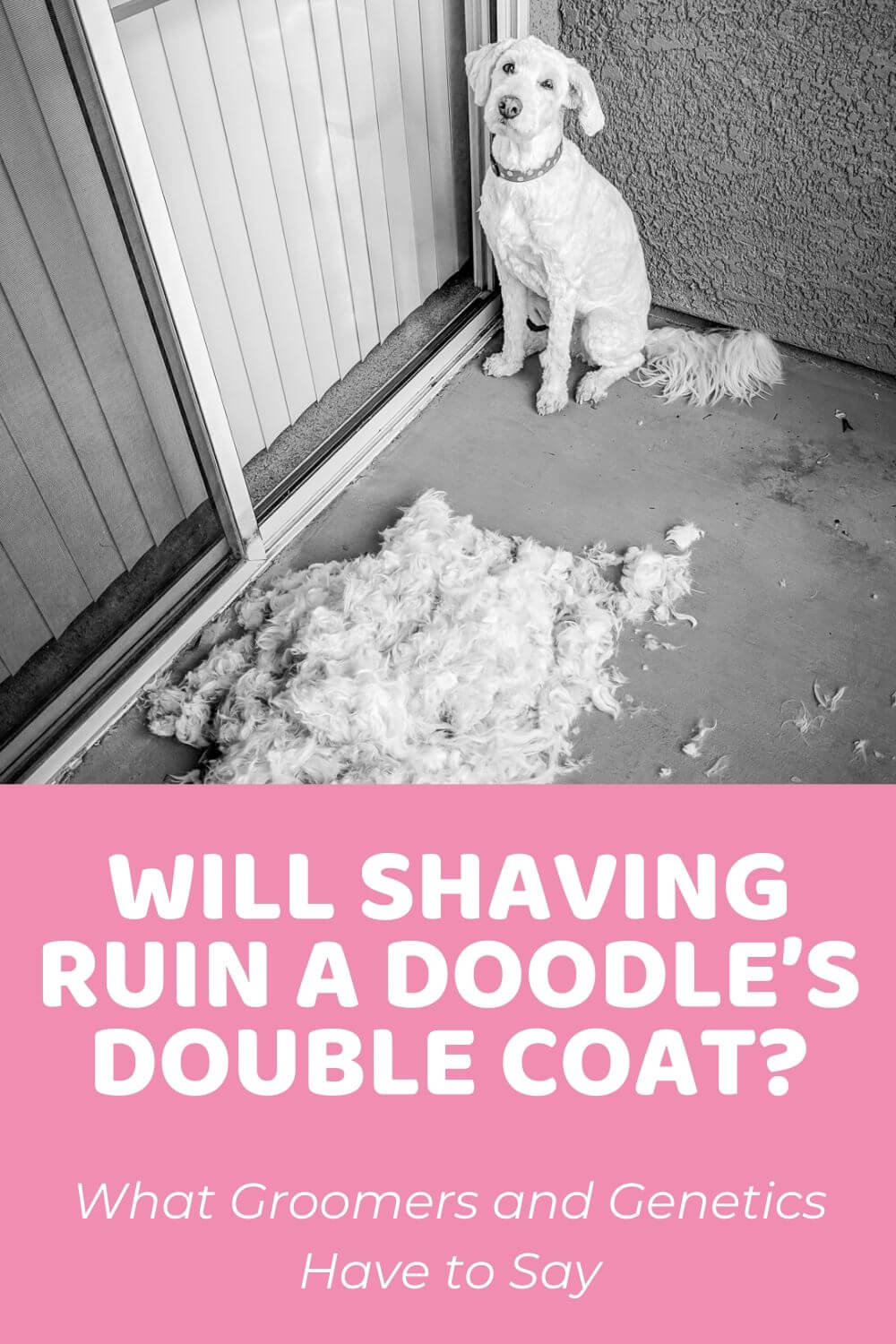
Hi. Cooper is 16 weeks today. His coat is a soft, dark apricot. The coat is straight to barely wavy. We are curious about his adult coat but won’t be surprised if there is a dramatic change. Our doodle, Sullivan, age 4, had the same puppy coat texture and now is a woolly teddy bear, not as tightly curled as a poodle but certainly not straight!
September 30, 2021 at 3:41 am